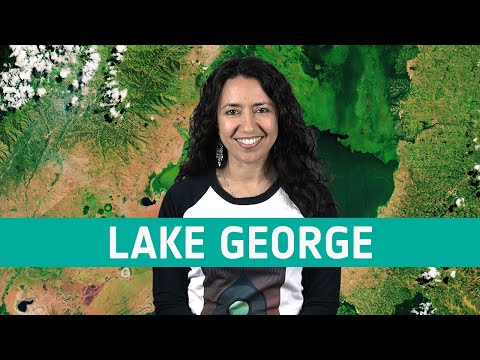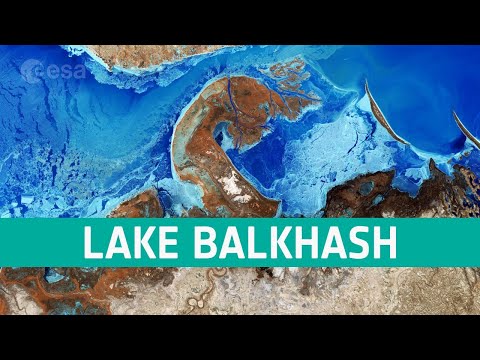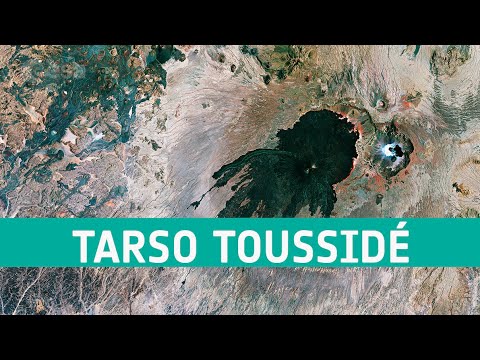Earth from space: Lake Chad
Marking World Water Day, this week’s edition of the Earth from Space programme features Lake Chad at the southern edge of the Sahara, where water supplies are dwindling.
Download the image: http://www.esa.int/spaceinimages/Images/2019/03/Lake_Chad_s_shrinking_waters
★ Subscribe: http://bit.ly/ESAsubscribe and click twice on the bell button to receive our notifications.
Check out our full video catalog: http://bit.ly/SpaceInVideos
Follow ESA on Twitter: http://bit.ly/ESAonTwitter
On Facebook: http://bit.ly/ESAonFacebook
On Instagram: http://bit.ly/ESAonInstagram
On Flickr: http://bit.ly/ESAonFlickr
ESA is Europe’s gateway to space. Our mission is to shape the development of Europe’s space capability and ensure that investment in space continues to deliver benefits to the citizens of Europe and the world. Check out http://www.esa.int/ESA to get up to speed on everything space related.
Copyright information about our videos is available here: http://www.esa.int/spaceinvideos/Terms_and_Conditions
#ESA
#EarthFromSpace
#LakeChad





So in this rather nice image, what is water, what is grass, what is the border of the lake, what are the borders of the countries? Typical ESA fail once again. Good resources terrible communication.
Let's go I got my own lake!
Okay.
Thank you for your smile.
See you next week, Mariangela! And fascinating video as always!

I don't think global warming has anything to do with it — the NASA data that's either stayed the same or goes the complete opposite direction is enough to make one skeptical of that claim, especially since weather across the world hasn't noticeably changed (except according to some doctored government data — from my personal experience of travelling across the USA every summer, I've noticed that, in real life, the temperatures at various points in our journey have not changed dramatically if at all over time, which really makes me wonder if it's even a thing. Moreover, people point to the Northeast not having snow some years as an example — that's just how the place is wired. Contrary to popular belief, we did NOT used to always have snow in the winter in New England, and, whenever there was a lean year, it seemed like it would blizzard the very next year — it has more to do with the jet stream than anything else whether any snow hits in Nov.-March).
The agricultural desertification and freshwater demand argument makes a lot more sense. If I had to guess, the precipitation was not actually declining, but usage was just going up.
It would help if y'all showed some graphs in the video to prove each of these claims as you made it, because some of us may not believe it. That NASA stats drop from a while back and my experience with the real world NOT catching on fire or being completely flooded (read: I genuinely expected the claims of catastrophe that climate scientists legitimately made to be true, and they were WRONG on EVERY SINGLE ONE) led me to believe that "global warming" is a snowjob, and, since it's a controversial topic, I think our intelligences would really appreciate it if you could show some data and not just satellite photos, because satellite photos don't exactly explain WHY the effect is happening. And then to claim "climate change" has led to "declining precipitation", that statement is pure conjecture unless you can prove a) that precipitation is actually declining, and b) that man-made climate change is even a THING by using one of your models getting something correct.
I'm not completely denying the possibility of that argument. However, do NOT expect me to believe it unless you BACK THAT THING UP with some DATA I CAN SEE when you deal with CONTROVERSIAL TOPICS.
The lake chad looking beautiful green from space and sorrounds desert land.
omg since when is the comment section about the topic and not the waifu. successful progress being made?!
Che sei de Roma?
Looks like puke